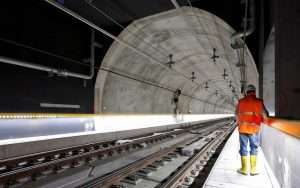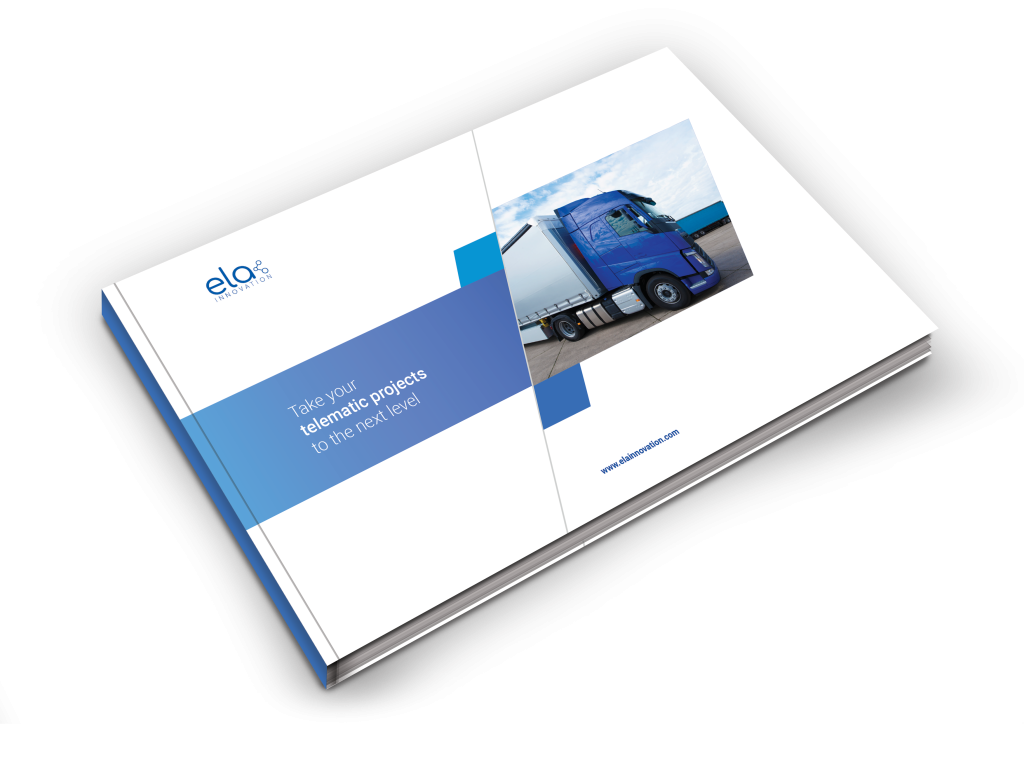The iBeacon, is a wireless communication technology used in the Internet of Things (IoT), whose market is rapidly expanding. In fact, according to a report by MarketQuest.biz, the iBeacon market is expected to reach $109,532 million by 2027. Often known for its usefulness in targeted marketing strategies, this technology is also being developed by manufacturers.
This article will allow you to understand what iBeacon is, from its origin to how it works and its applications.
What is iBeacon?
iBeacon, a wireless communication technology
The iBeacon is a standardized BLE frame format defined by Apple to facilitate the integration of BLE beacons into iOS applications. With this protocol, mobile applications can simply and securely receive and use the data generated by iBeacons. Many applications have already been created using the “Point of Interest” feature, where the application triggers a predefined action when the phone enters the range of a beacon.
This function is particularly popular in marketing because it allows to attract and engage with customers in a different and original way.

An Apple innovation
The iBeacon was introduced at the Apple Developer Conference in June 2013 to make Bluetooth Low Energy beacons interoperable with iOS. Its introduction came with iOS version 7 and created more interest for this communication protocol.
Indeed, iBeacon was first driven by iOS application developers. Because of its ease of integration, many use cases and corresponding products were developed and marketed. This has largely contributed to the explosion of Bluetooth Low Energy technology compared to its main competitors (Zigbee, Z-Wave,…). The subsequent snowball effect, pusjed traditional beacon manufacturers to integrate the iBeacon format as standard and started to offer professional IoT solutions for enterprises using this same format.
iBeacon, Android and iOS
Having been developed by Apple, the iBeacon protocol is initially optimized for the iOS operating system, but also works on Android devices. Indeed, this protocol using Bluetooth 4.0 technology, it is compatible with all smartphones equipped with a Bluetooth chip.
How does ibeacon work?
As we said in the introduction, iBeacon is very often used in the context of consumer marketing actions, but is increasngly being used in more industrial fields and applications. To better understand the mechanics of IoT solutions based on this technology, it is important to touch upon its technical functionality.
Technical operation of iBeacon
From a technical point of view iBeacon is based on an architecture composed of 3 main elements: a transmitter, a receiver and a back-end.
- The transmitter is a connected object, called a “beacon“, based on the Bluetooth wireless communication technology embedding the iBeacon frame.
- The receiver, for example, is a smartphone or tablet, iOS or Android, equipped with Bluetooth, on which will be installed an application (from a store or a brand for example) using iBeacon technology.
- A back-end that will transmit an object, a URL or a command in response to the collected iBeacon data. This back-end can be integrated into the application or hosted on a cloud server for example.

The iBeacon standard contains 3 pieces of information to identify the beacon: a general identifier called UUID (16 bytes long), an identifier corresponding to the group of beacons (sign location) called “major” and finally the beacon’s own identifier called “minor” to differentiate it from other transmitters nearby.
iBeacon also contains information about the transmission power of the BLE signal. Thus by measuring the signal strength (RSSI) received, it is possible to estimate the distance between the transmitter and the receiver.
As with other communication technologies that enable “advertising“, iBeacon requires the approval of the end-user in order to function. Indeed, in order for the latter to receive the notifications pushed by the brand, the following points must be respected:
- The client must own the company/brand application.
- Bluetooth must be enabled on his/her smartphone.
- Receiving push notifications must be allowed.
What is iBeacon used for?
As mentioned earlier in this article, iBeacon technology is used by companies for one-to-one marketing strategies. This practice consists in individualizing promotional and marketing communication actions according to the expectations and profile of each customer. By being compatible with all smartphones equipped with Bluetooth, iBeacon will allow to push a certain number of personalized information such as:
- Promotional offers
- Product or service information
- Information about the client’s position
- And so on.
This wireless communication technology is used in many fields such as retail, banking, airports, entertainment or industry. We propose to focus on 3 of these sectors: retail, entertainment and airports.
Retail:
In retail, iBeacon is often used in shopping malls and department stores. For stores, iBeacon is an effective way to send a notification to customers entering the store via the brand’s mobile application previously installed on their phone. Thanks to accurate geolocation, customers can receive offers related to their location such as fashion tips, promotional pushes or product recommendations. For store employees, the iBeacon is useful to notify the arrival of a customer in the store with the application.
Entertainment:
In the field of entertainment, iBeacon can be used in museums to enhance the visitor experience. Indeed, museums with a mobile application can give information about the works of art according to the location of the visitor. This also allows the visitor to locate himself in the museum and to be informed of the different services nearby (restaurants, toilets, points of interest, etc.).
Airports:
It is often difficult for travelers to find their way around airports, which causes a lot of stress. The iBeacon is a very useful technology to allow users to locate themselves in the airport, to find the hall corresponding to their flight, to access the various services nearby.
For companies, whatever their field of activity, iBeacon is a very good tool to considerably improve the customer experience by offering a personalized communication. Indeed, this technology allows companies to collect a lot of behavioral data about their customers allowing to create a link between physical stores and digital tools.
Want to learn more about this technology so you can integrate it into your tools?
As ELA Innovation’s beacons are compatible with iBeacon technology, we invite you to contact our experts to discuss your IoT project.





